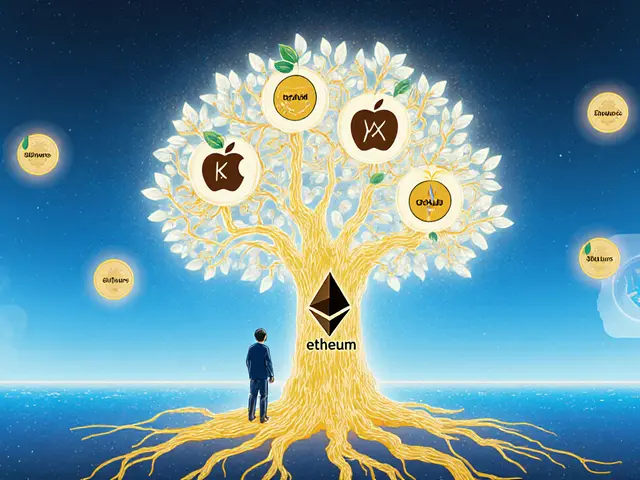Bitcoin sidechains: What they are, how they work, and why they matter
When you hear Bitcoin sidechains, independent blockchains that connect to Bitcoin through a two-way peg, enabling assets to move between chains while maintaining Bitcoin’s security. Also known as two-way pegged chains, they let you run faster, cheaper, or more complex apps without overloading the main Bitcoin network. Think of them like express lanes built off a busy highway — you still use the same road to get on and off, but once you’re on the side lane, you can drive faster, carry more, or even take different routes.
Bitcoin’s main chain was never meant to handle thousands of transactions per second. That’s where Layer 2 solutions, technologies built on top of Bitcoin to improve speed and reduce fees. Also known as off-chain protocols, they include sidechains, state channels, and rollups. Sidechains are one of the most direct ways to expand Bitcoin’s capabilities. Unlike some Layer 2s that just compress transactions, sidechains are full blockchains with their own rules, miners, and tokens — but they’re anchored to Bitcoin. If you send BTC to a sidechain, it gets locked on Bitcoin, and an equivalent amount is minted on the sidechain. When you want it back, you burn the sidechain tokens and unlock the original BTC.
This isn’t just theory. Projects like Liquid Network, a Bitcoin sidechain developed by Blockstream for faster institutional trades and tokenized assets. Also known as Liquid, it’s used by exchanges and traders to settle large Bitcoin transfers in seconds. let users issue tokens, trade confidentially, and move assets without waiting for Bitcoin confirmations. Other sidechains focus on smart contracts, DeFi, or gaming — all while keeping the core Bitcoin blockchain clean and secure. You’re not replacing Bitcoin; you’re extending it.
Some people worry sidechains weaken Bitcoin’s security. But they don’t. Bitcoin’s hash power stays on the main chain. Sidechains have their own miners, so if one fails, it doesn’t bring Bitcoin down. It’s like having a backup generator — if it goes out, your house still has power from the grid. And because sidechains are optional, users stay in control. You choose when to move assets in or out.
What you’ll find in this collection are real-world examples of how sidechains are being used — from tokenized stocks on Liquid to privacy-focused Bitcoin apps, and even experiments in decentralized finance that run on Bitcoin-compatible chains. You’ll also see how scams try to fake sidechain projects, how to tell real ones apart, and why some sidechains fail while others grow. This isn’t about hype. It’s about understanding what’s actually working, who’s using it, and where Bitcoin’s future might be heading — one sidechain at a time.
Future of Sidechain Technology: What Comes After the Scaling Hype?
Sidechain technology is reshaping blockchain scalability by enabling fast, low-cost transactions without altering mainnets. Learn how Polygon, Bitcoin's Liquid Network, and hybrid models are defining the future of blockchain infrastructure.





